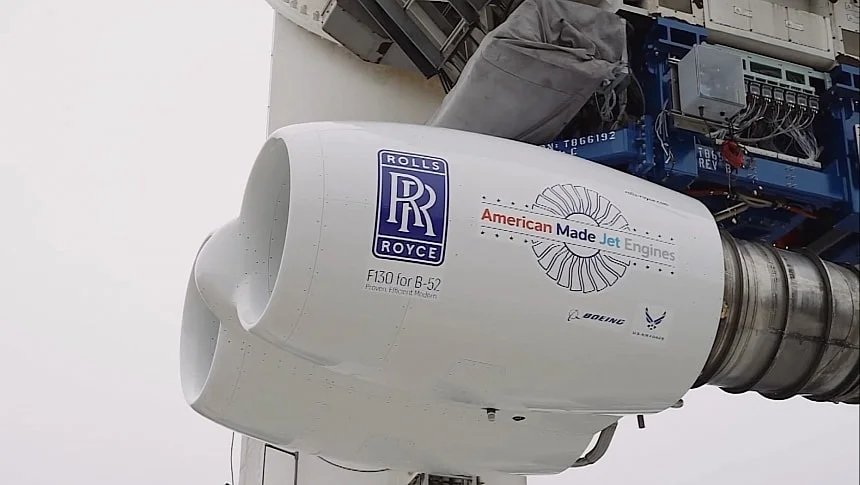New Engines for the B-52 Stratofortress Are So Insane NASA Was Involved in Testing Them

Few people and organizations care to their airplanes as much as the U.S. Air Force (USAF) does. With almost unlimited access to resources, the military branch engaged over the past few years in an all-out effort to modernize the fleet, either by demanding new airplanes, or by significantly upgrading the existing ones, some of them to the point they will become capable of flying a century after they were made.
That description applies to the B-52 Stratofortress, of course, the long-range strategic bomber that was born in 1952 and will live to see the 2050s. Sure, it will be significantly different than the one from decades ago, but you get the point.
To make sure the plane is up to the task of living 30 more years, the USAF is changing pretty much everything on the plane. Including the set of eight Pratt & Whitney powerplants currently in use.
The new engines that will go under the wings of the B-52 are made by Rolls-Royce and they are called F130. They are part of an engine family called BR, which has been in commercial service for more than 12 years and clocked 30 million hours of operation, achieved by some 1,000 units produced so far.
The F130 has made the headlines before, but what brings us here now is the fact that Rolls-Royce announced it has begun testing of the powerplant at its facility in Indianapolis, the same place where it will be made for the bomber.
The start of testing in Indianapolis comes just as testing is ending at the NASA Stennis Space Center in Mississippi. Rolls-Royce used the space agency's facilities to see if the dual-pod engine configuration works – just like with the Pratt & Whitney hardware, the F130 will come in pairs, inside a common pod, with two pods fitted under each of the bomber's wings.
As per Rolls-Royce, the tests over at Stennis "produced critical performance data in crosswind conditions." The company is now confident that it will meet the target of having a production configuration F130 ready for Critical Design Review by the end of this fall.
The new engines will not be more powerful than the ones the B-52 currently uses, but because they are newer it is expected they will also be the last ones the bomber will ever get. The B-52's performance in its current configuration translates into 17,000 lbs of thrust of thrust per engine.
Nouvelles connexes


